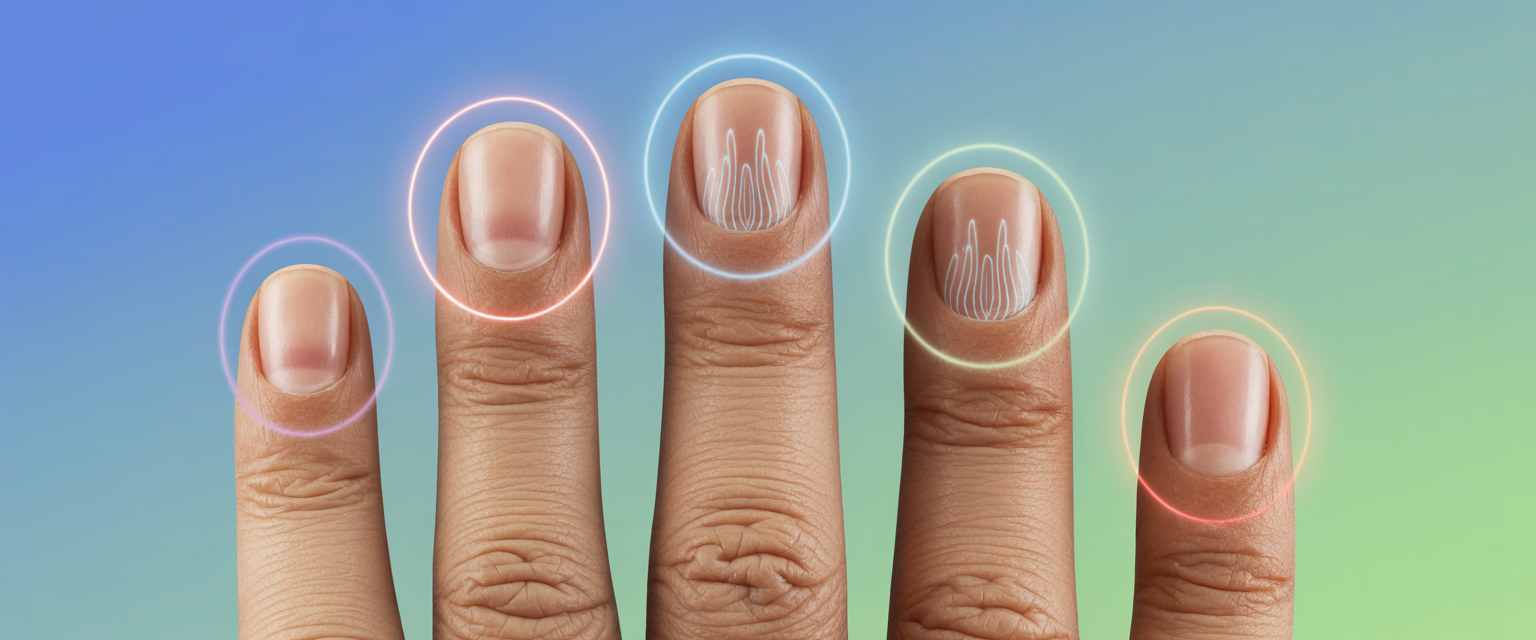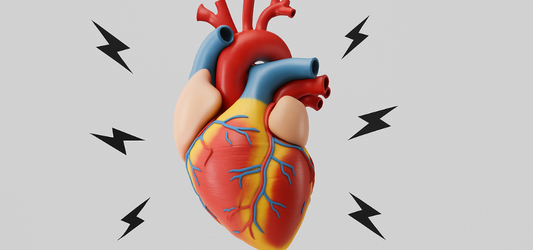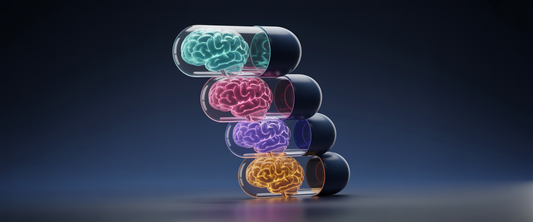Fingernail growth reveals your true biological age, Harvard researcher says

Your fingernails might seem like nothing more than a grooming concern, but Harvard longevity researcher Dr. David Sinclair suggests they're actually tiny biological clocks revealing how fast your body is aging from the inside out.
The Cellular Speed Test Hiding in Plain Sight
Dr. Sinclair, a geneticist at Harvard Medical School known for his groundbreaking aging research, recently shared an intriguing observation on his Lifespan podcast: the rate at which your nails grow offers a surprisingly accurate window into your biological age—not just the number of candles on your birthday cake, but how efficiently your cells are actually functioning.
Every time he trims his nails, Sinclair pays attention to how quickly they've grown since his last cut. This simple ritual serves as his personal checkpoint for cellular performance, a real-time assessment of his body's regenerative capacity.
The concept makes intuitive sense when you consider what nail growth actually represents. Your nails are made of keratin, a protein that requires active cellular division and metabolic energy to produce. Faster growth signals that your cells are dividing efficiently, your metabolism is humming along, and your body's repair mechanisms are working optimally.
What Four Decades of Research Reveals
Sinclair's observations aren't just personal anecdotes—they're backed by decades of scientific investigation. He references a fascinating 1979 study where researchers attached miniature measuring tapes to the fingernails of 271 participants, tracking their growth rates over several years.
The findings revealed a consistent and somewhat sobering pattern: starting around age 30, fingernail growth rate declines by approximately 0.5% each year. This steady deceleration mirrors the gradual slowdown of cellular regeneration that defines biological aging.
Think of it this way: if your nails are growing more slowly than they used to, it's likely that other cellular processes throughout your body are also downshifting. Your skin cells aren't renewing as quickly, your muscle tissue isn't repairing as efficiently, and your organs aren't maintaining themselves with the same vigor they once did.
Beyond Chronological Age: What Your Biology Really Says
Here's where Sinclair's insight becomes particularly relevant for anyone interested in longevity and optimal health. If you find yourself trimming your nails more frequently than peers of the same chronological age, you might actually have a younger biological age.
This faster nail growth indicates that your cells are renewing more rapidly, suggesting higher metabolic efficiency and better tissue maintenance—hallmarks of a body that's aging more slowly than the calendar would suggest.
The implications extend far beyond vanity. Biological age, rather than chronological age, is what really determines your risk for age-related diseases, cognitive decline, and overall vitality. Someone who's 50 chronologically but 40 biologically will likely experience better health outcomes than someone whose biological and chronological ages match.
The Metabolic Connection to Cellular Renewal
Understanding why nail growth slows with age requires looking at the broader metabolic picture. As we get older, several key processes that support cellular regeneration begin to decline:
Mitochondrial function decreases, meaning cells have less energy available for growth and repair. Protein synthesis becomes less efficient, affecting the production of keratin and other structural proteins. Hormonal changes reduce growth factors that stimulate cellular division.
These same processes affect every tissue in your body, from your brain to your muscles to your cardiovascular system. Your nails simply provide the most visible and measurable indicator of what's happening at the cellular level throughout your entire body.
Practical Implications for Health Optimization
While you can't stop the aging process entirely, understanding nail growth as a biomarker opens up interesting possibilities for monitoring and potentially improving your biological age.
Consider tracking your nail growth rate over time—not obsessively, but as one data point among others. If you notice a significant slowdown, it might be worth examining your lifestyle factors that influence cellular health: sleep quality, stress management, nutrition, exercise, and exposure to toxins.
Nutritional support for cellular regeneration includes adequate protein intake, B vitamins (especially biotin), zinc, and antioxidants that protect against cellular damage. Regular exercise stimulates growth factors and improves circulation, potentially supporting faster nail growth. Quality sleep is when much of your body's repair work happens, including the cellular processes that drive nail growth.
The Limitations of Looking at Your Nails
Before you start obsessing over your manicure schedule, it's important to note that nail growth can be influenced by factors beyond biological aging. Seasonal changes, hormonal fluctuations, certain medications, and underlying health conditions can all affect growth rates.
Sinclair himself acknowledges that nail growth is just one piece of the biological aging puzzle. It's a useful indicator, but not a definitive measure of your overall health or longevity prospects.
The real value lies in the broader principle: paying attention to simple, measurable changes in your body can provide insights into your aging trajectory and motivate healthier lifestyle choices.
Rather than viewing aging as an inevitable decline, Sinclair's approach suggests we can become active participants in understanding and potentially slowing our biological clocks. Your nails might just be the simplest place to start paying attention to what your body is telling you about the aging process happening within.



